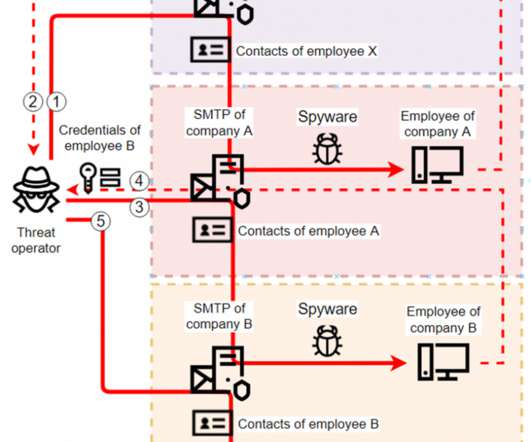Canadian Police Raid ‘Orcus RAT’ Author
Krebs on Security
APRIL 2, 2019
As first detailed by KrebsOnSecurity in July 2016 , Orcus is the brainchild of John “Armada” Rezvesz , a Toronto resident who until recently maintained and sold the RAT under the company name Orcus Technologies. An advertisement for Orcus RAT. In an “official press release” posted to pastebin.com on Mar. 2017 analysis of the RAT.











Let's personalize your content